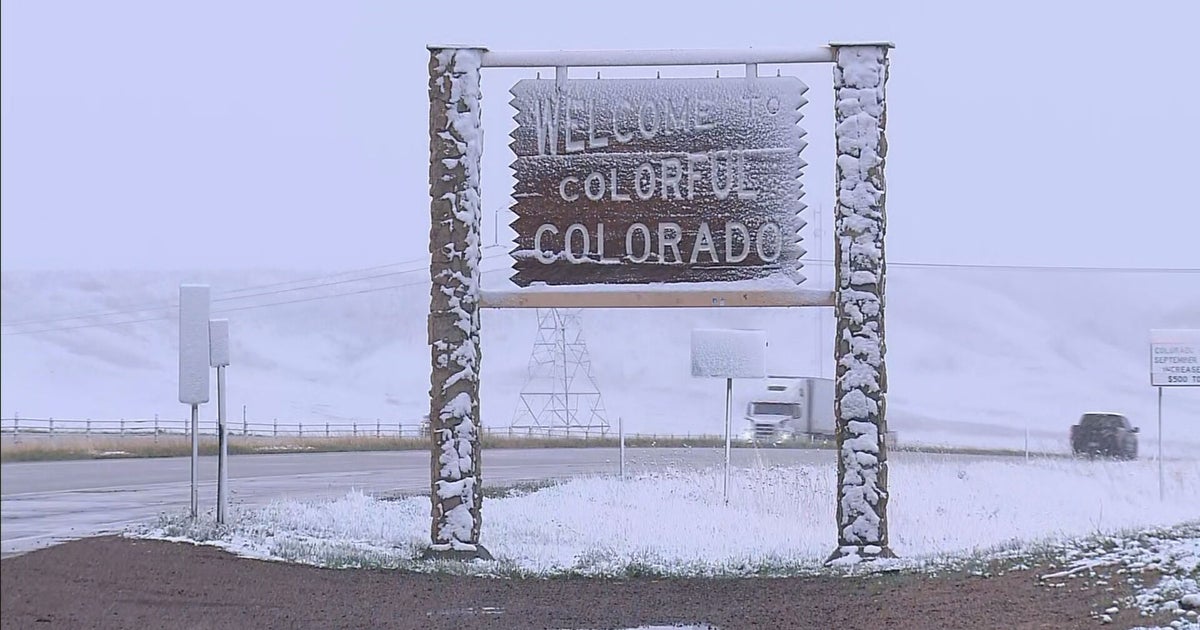Colorado is in good shape when it comes to precipitation: 'a lot of rainfall fell'
There is no longer a time of year when Colorado is "in the clear" when it comes to wildland fires but so far, this year has been unusually quiet.
"We had a very robust monsoon, a lot of rainfall fell," said Valarie Meyers, Fire Meteorologist for the Rocky Mountain Area Coordination Center.
Meyers has been keeping track of weather patterns her entire career. In her current role, her predictions help determine firefighting resources for a very large, multi-state region.
This time last year, Colorado was in exceptional drought but the long-term, drought concern is for the eastern plains.
"During the monsoon, it totally knocked down the drought," Meyers continued pointing at the U.S. drought monitor map, "but here's where it continued to intensify as well out across the plains and into most of Nebraska."
There hasn't been a major wildland fire since the Marshall fire last December. While the much-needed moisture didn't hit until it was too late, what has fallen has helped.
"It's a total different scenario than what was present at the time of the Marshall fire. It is much better, a much greener environment and it's holding onto more moisture," she said.
Meyers says during this year's monsoon season areas across the state received anywhere between 100 and 400 percent of normal precipitation. From the San Juans to the Front Range, all have seen more moisture than typical.
"Those fine fuels are still there now you give 'em a period of time where they dry out for a few days yes you can still get something that can start. You add wind to the equation, you can have fire spread," she warned. "But the potential for the fire to start, whether through human or natural causes, is considerably less."
Looking ahead, Meyers says a key indicator of how dry things will be is the La Niña and El Niño phenomena. For the last three years, Colorado has been hit with a La Niña weather pattern, which is responsible for a dry winter. This year that trend is switching.
"You can see the gradual decline (of La Niña) as we get into the January, February, March timeframe," said Meyers.
For more information on current drought conditions, click here.



